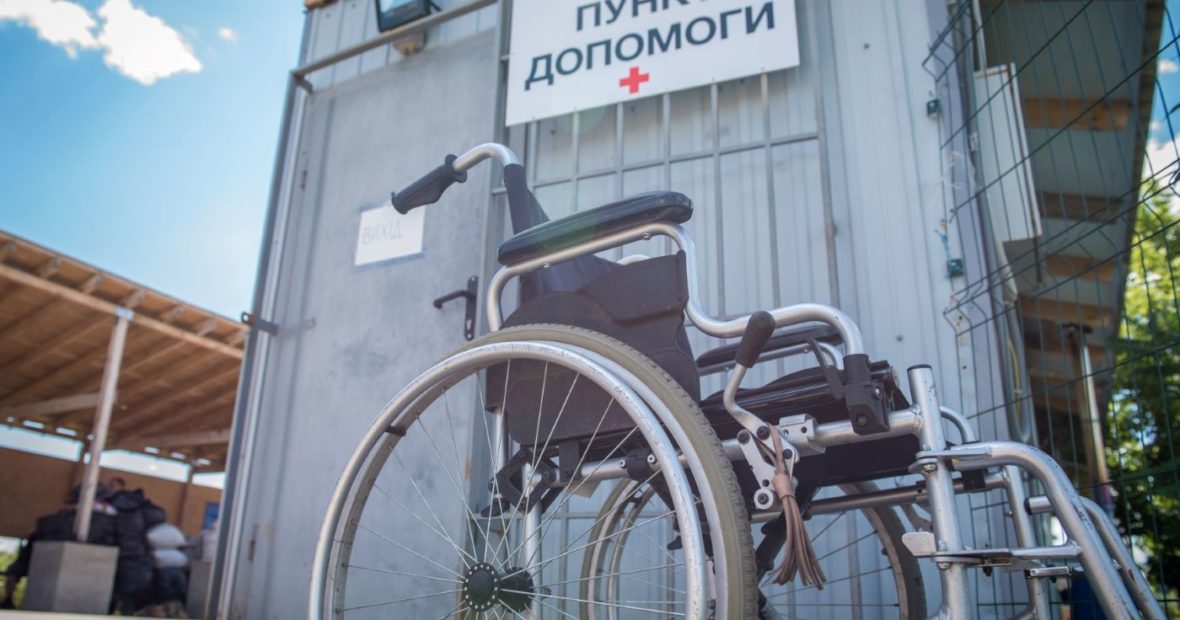The ICRC and other international and national organizations and institutions are working on prevention as well as on minimizing the threat mines pose to people’s lives. The aim of prevention work is to remind people that mines and other ERW do not choose and do not discriminate against their targets. Presence of mines and ERW along the line of contact threatens the lives of millions of people. Mines and ERW disrupt daily life as they hamper movements between villages and towns, livelihood activities (farming, fishing, collecting firewood) as well as staying and playing outside.
Although different organizations and institutions are compiling available data from different sources, many accidents probably do not get reported. In Ukraine, there is no systematic collection of mine/ERW accidents data. However, available statistics show that shelling and mines/ERW incidents are the main cause of casualties among the civilian population.
“In Ukraine, since 2014, more than one thousand civilians have been victims to mines and ERW. Often, mines are planted close to the Entry Exit Crossing Points (EECP) across the line of contact, which prior to the pandemic were used by some 30 to 40 thousand people every day“, says Florence Gillette, the Head of the ICRC Delegation in Ukraine. Mrs. Gillette warns that “although the recorded number of civilian casualties has decreased in the last 2 years, mine/ERW incidents continue and are hampering people from fully resuming essential aspects of their lives (e.g. agriculture, travel, leisure)”.
According to the available government data, the area around the 450 km long line of contact, on either side, is said to be one of the most weapon contaminated area in the world, with around 7,000 km2 of suspected hazardous areas.
Aiming at decreasing the threats and the number of incidents related to mines/ERW, the ICRC provides life-saving training and first aid kits as well as marking signs to the relevant demining structures. The ICRC also supports concerned authorities in development of the legal framework addressing the risk of mines, including in implementation of the legislation and regulations on mine action. Since the beginning of this year over 6,000 marking signs and 500 rolls of marking tape were donated to responsible structures for marking the hazardous areas.
Around 1,700 individuals were supported by the ICRC to gain access to physical rehabilitation services, medical and social institutions.
“Preventing civilian casualties and negative consequences of mines and ERW on both sides of the contact line is not only a legal obligation and humanitarian task of the organizations and institutions concerned, but should also be taken as a common imperative,” says Mrs. Florence Gillette.
The ICRC gives special attention to children, as their curiosity makes them likely to be victims of explosive incidents. About 12,000 people on both sides of the contact line improved their knowledge about mine risks following the ICRC mine risks sessions, while 96 pyrotechnics and emergency specialists participated in technical training sessions on weapon contamination.

